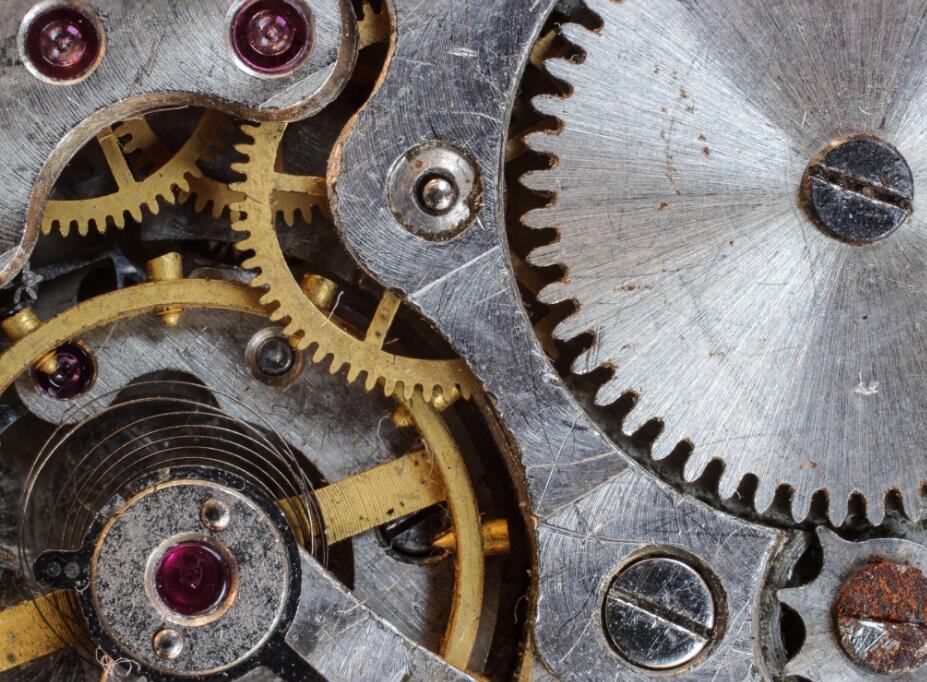What is a dispensing machine?
2025-04

A dispensing machine is an automated device specifically designed for fluid control, widely used in various industrial production fields. Its main function is to precisely apply or dispense liquid adhesives, paints, lubricants, inks, and other fluids to designated locations to meet the requirements of the production process. Dispensing machines are characterized by high efficiency, precision, stability, and reliability, making them an indispensable piece of equipment in modern industrial production.
Dispensing machines come in a wide variety of types, categorized differently based on various standards. By control method, they can be classified into manual, semi-automatic, and fully automatic dispensing machines; by dispensing valve type, they can be classified into pneumatic, time-based, quantitative, and jet dispensing machines, etc. Different types of dispensing machines have different characteristics and application ranges, allowing users to select suitable models and types based on their actual production needs.
The working principle of a dispensing machine is mainly to drive the dispensing valve using pneumatic or electric methods to draw liquid adhesive and other fluids from the reservoir and transport them to the dispensing valve. Then, the dispensing valve controls the dispensing of the fluid to the designated location. The dispensing accuracy and stability of the dispensing machine primarily depend on the control precision of the dispensing valve and the physical properties of the fluid. Therefore, when selecting a dispensing machine, it's necessary to choose a suitable dispensing valve and control system based on actual production needs and fluid characteristics.
Dispensing machines have a wide range of applications, primarily including the electronics, automotive, communications, toys, crafts, and medical device industries. In the electronics industry, dispensing machines are widely used in the production of semiconductor packaging, integrated circuits, and electronic components, used for applying conductive adhesives, insulating adhesives, and fixing adhesives; in the automotive industry, dispensing machines are used to apply sealing adhesives, paints, and lubricants to ensure the sealing and stability of automotive components; in the communications industry, dispensing machines are used to apply adhesives and fix antennas and filters.
Using dispensing machines not only improves production efficiency and product quality but also reduces production costs and environmental pollution. Traditional adhesive application methods require manual operation, which is inefficient and susceptible to human error, while dispensing machines enable automated adhesive application, significantly improving production efficiency and product quality. Simultaneously, dispensing machines can reduce waste and pollution during the adhesive application process, contributing to environmental protection and sustainable development.
However, there are some issues to note when using dispensing machines. First, the operation and maintenance of dispensing machines require professional knowledge and skills; incorrect operation and maintenance can lead to equipment damage or production accidents. Second, the selection of dispensing machines should be based on actual production needs and fluid characteristics; unsuitable equipment may affect production efficiency and product quality. Therefore, when selecting and using dispensing machines, it is necessary to fully understand their performance characteristics and usage methods and conduct professional operation and maintenance.
In summary, as an important fluid control device, dispensing machines play an increasingly important role in modern industrial production. With continuous technological advancements and market expansion, the technological level and application range of dispensing machines will continue to improve and expand. It is believed that in the near future, dispensing machines will bring more convenience and benefits to more industries.
Previous Page:
Related Information
Revolutionizing Leather Production: The Innovative Applications of Back Buckle Technology
Revolutionizing Leather Production: The Innovative Applications of Back Buckle Technology Table of Contents 1. Introduction to Back Buckle Technology in Leather Production 2. Historical Context of Leather Production 3. What is Back Buckle Technology? 4. Innovative Applications of Back Buckle Technology 4.1 Automation and Efficiency 4.2 Enhancing Qu
Why an Automatic Cold Cutting Machine is Essential for Modern Textile Manufacturing
Why an Automatic Cold Cutting Machine is Essential for Modern Textile Manufacturing Introduction to Automatic Cold Cutting Machines In the rapidly evolving world of textile manufacturing, **efficiency and precision** are paramount. The automatic cold cutting machine stands out as a game-changer in the industry, enhancing productivity while ensuring the highest quality of fabric cutting. This advan





